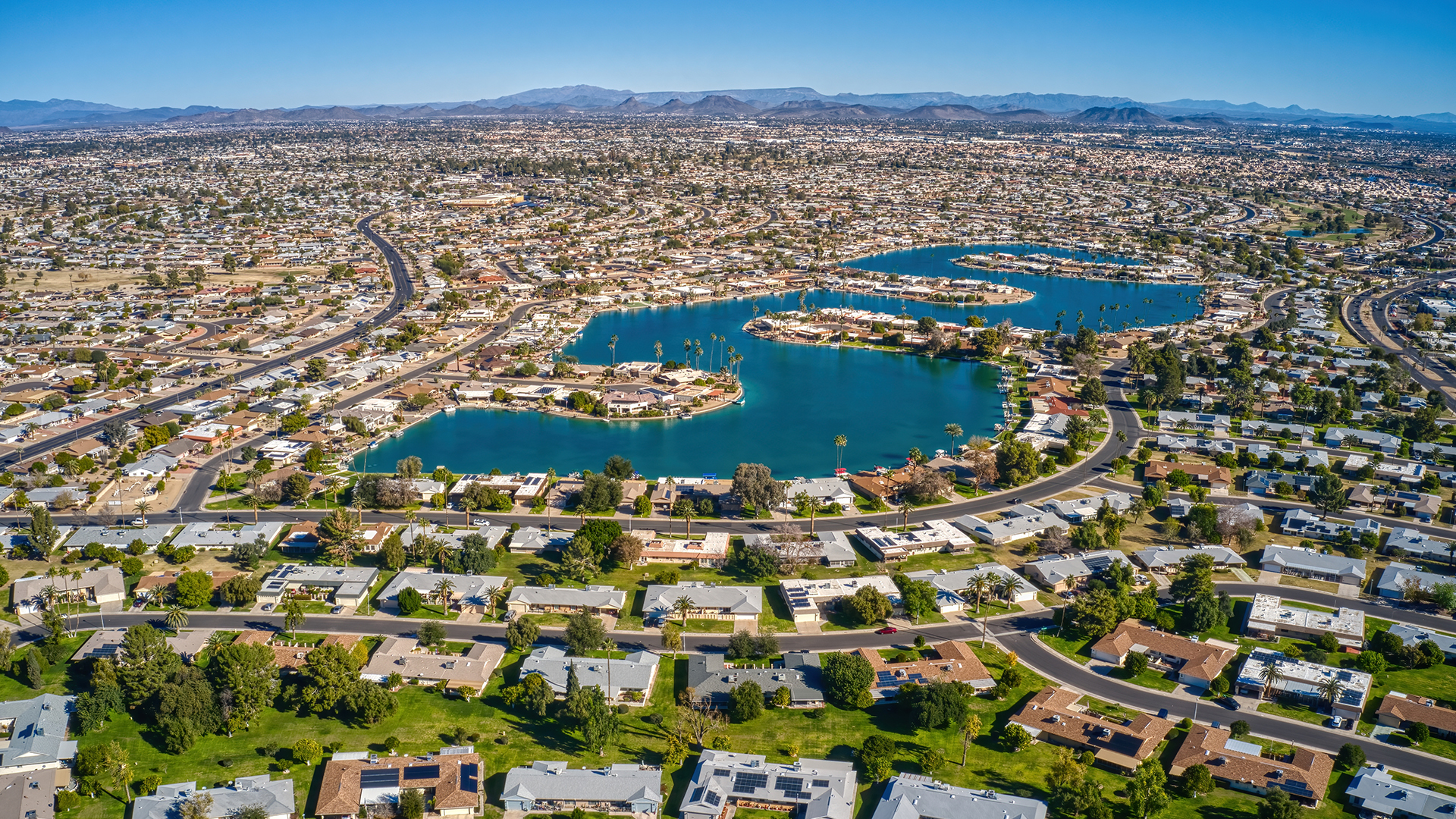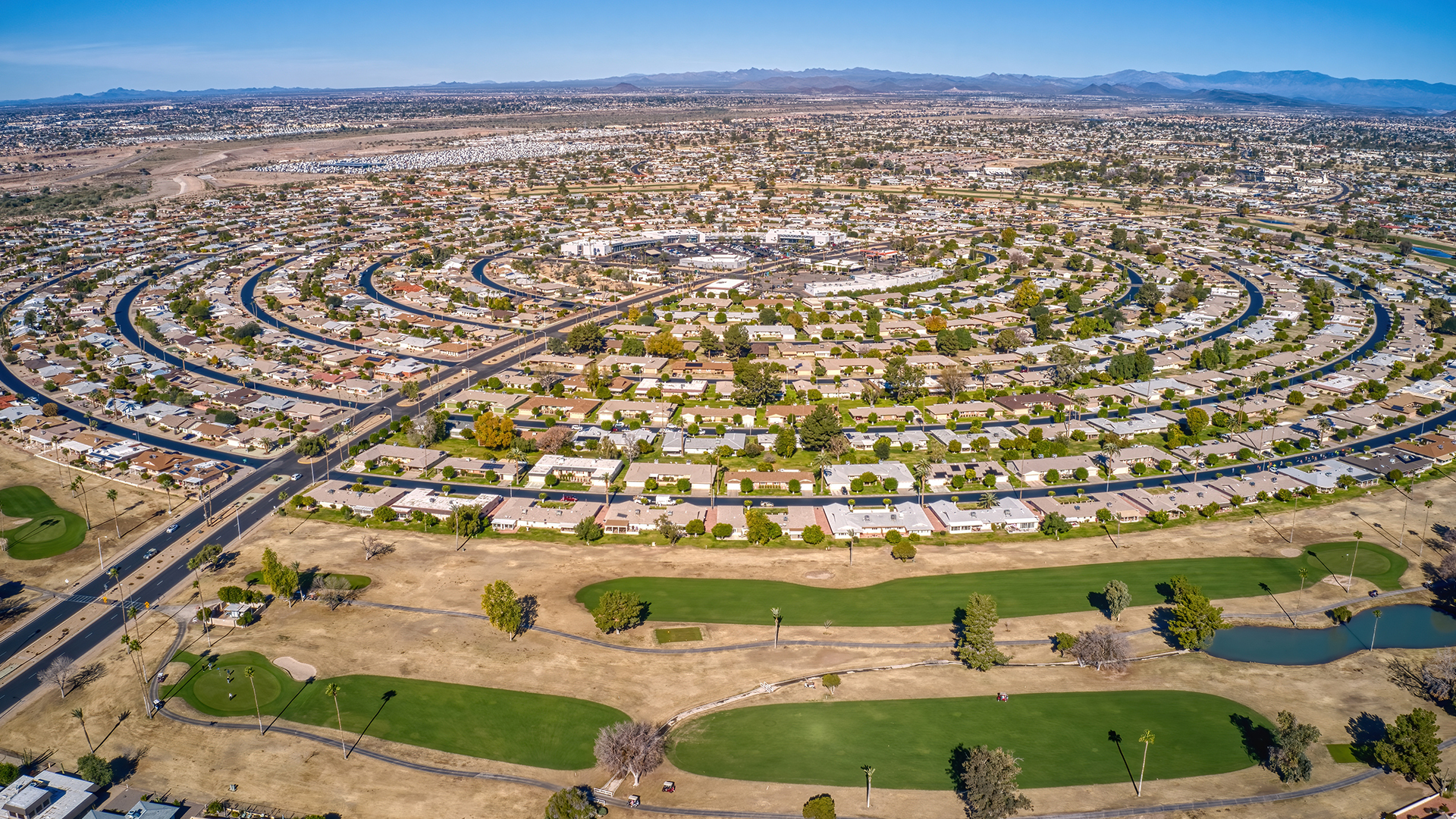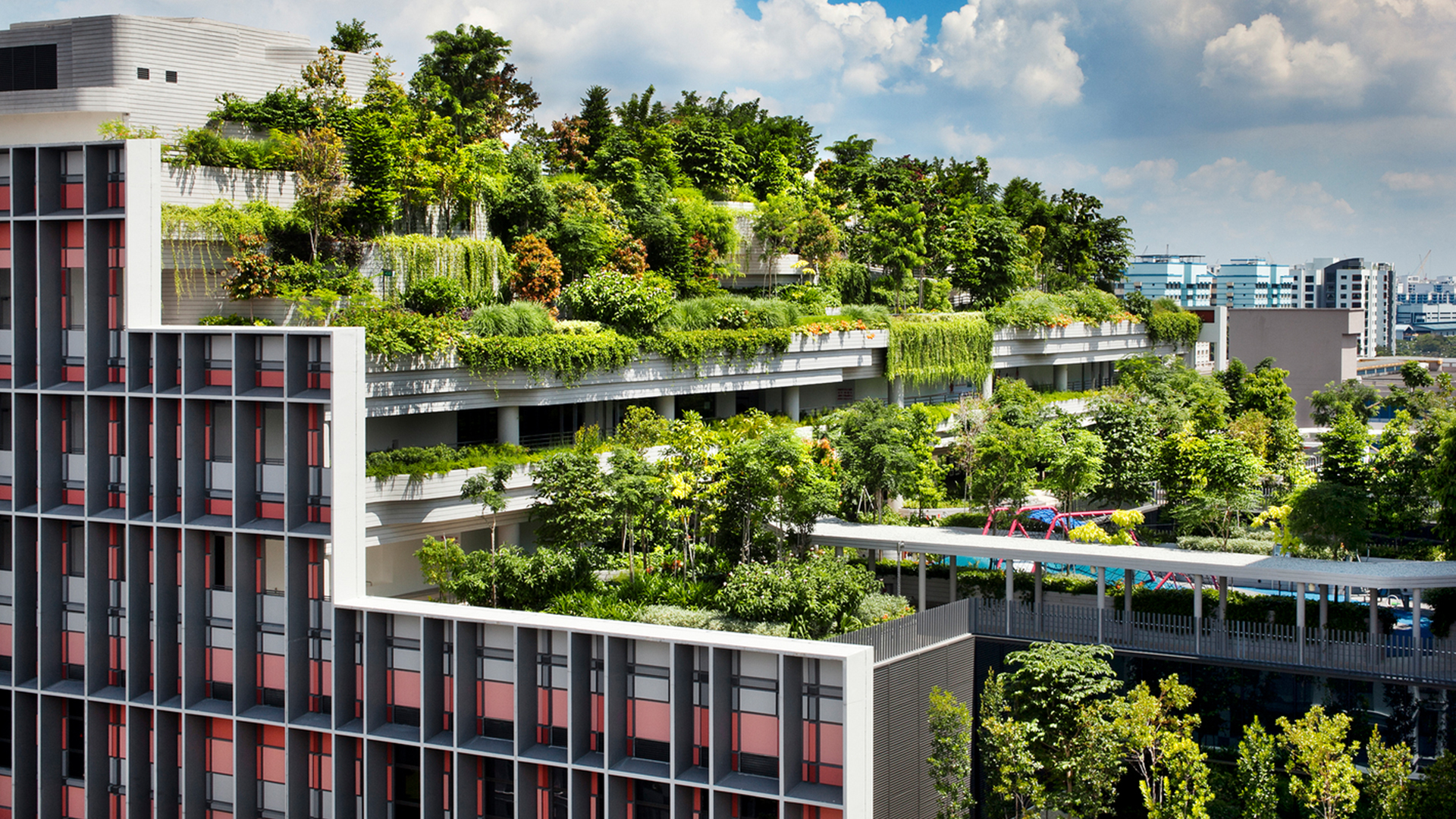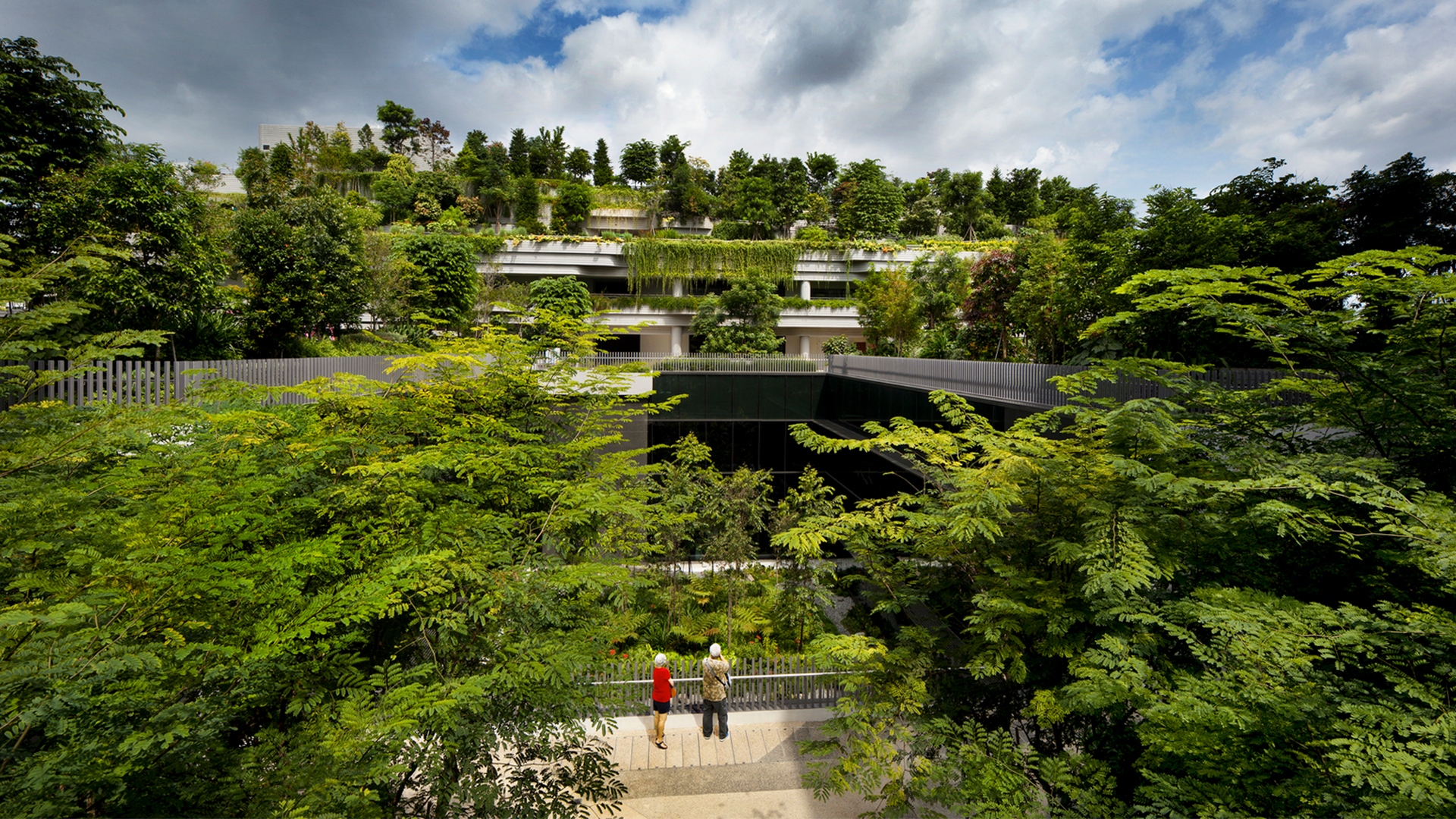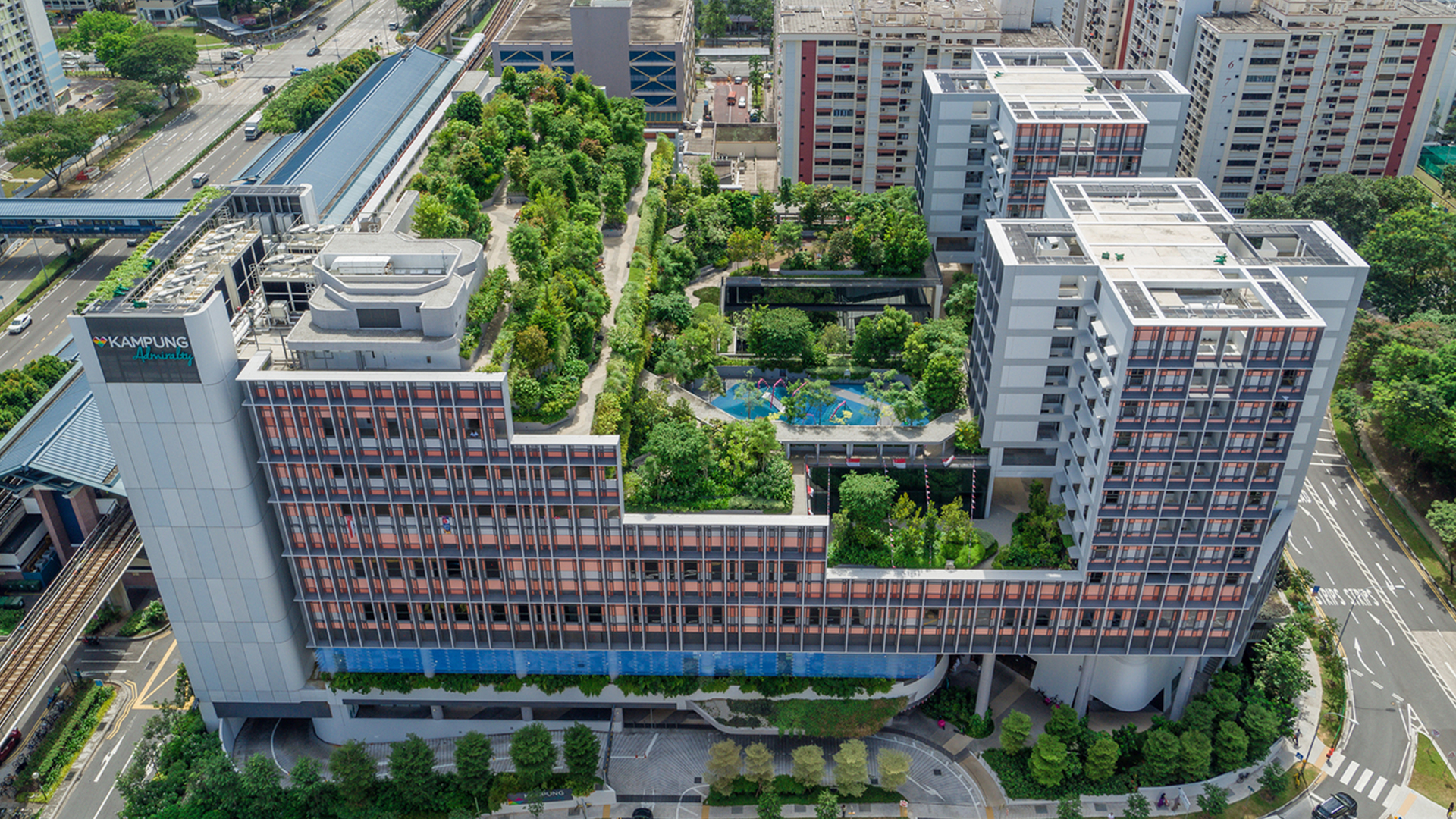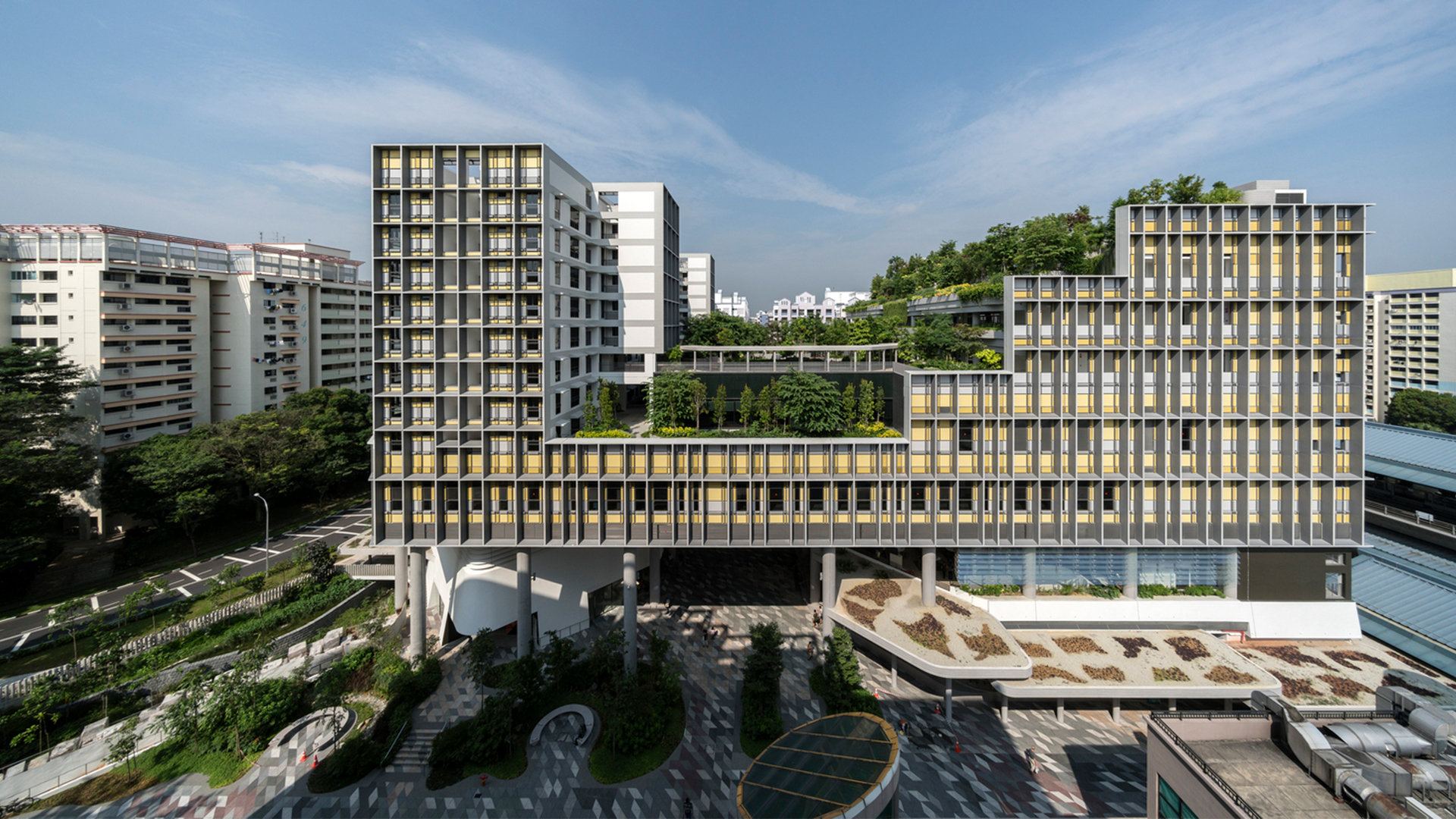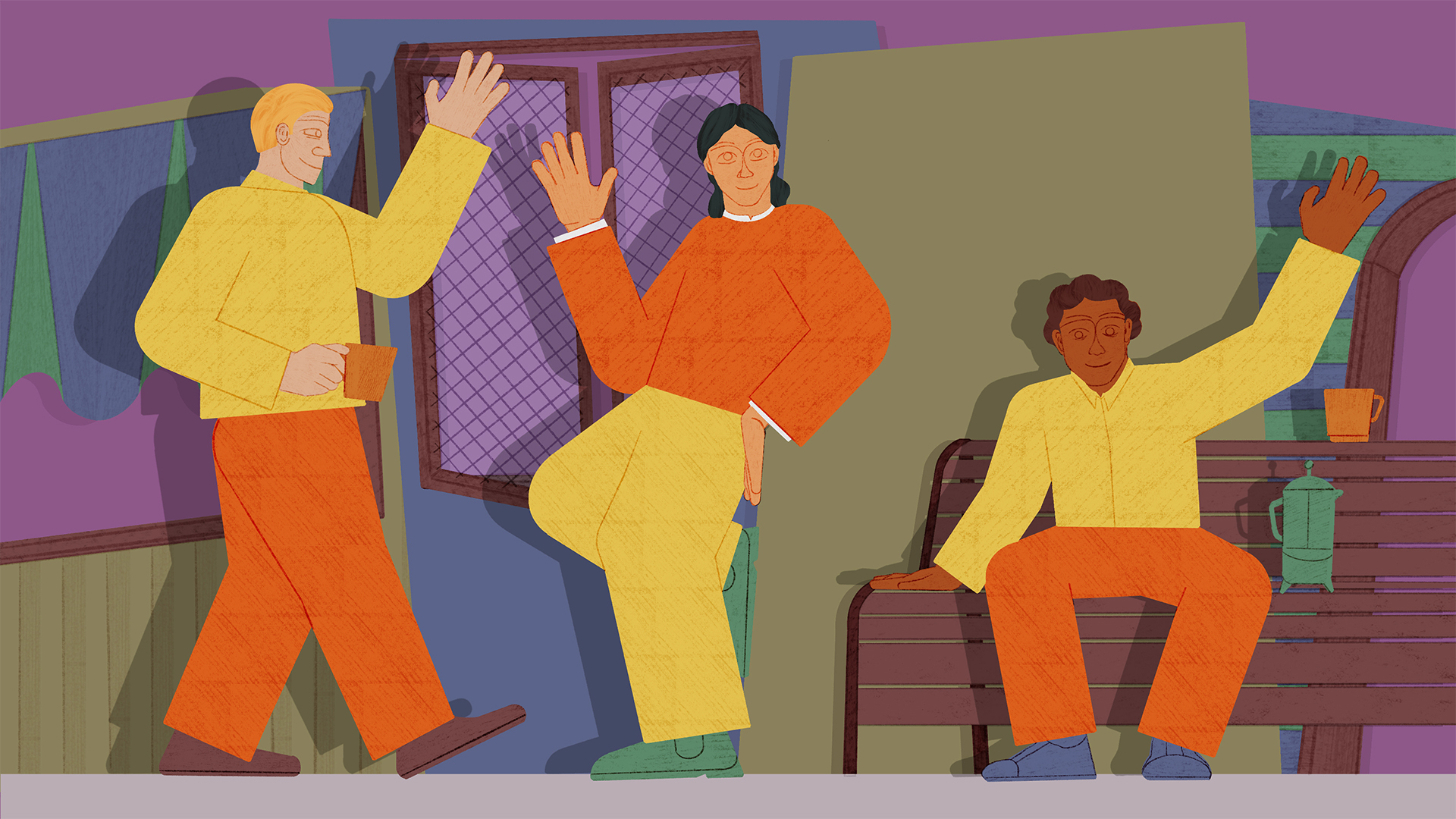
Illustration by Yo Hosoyamada
Loneliness is one of the biggest killers of the elderly and leads to a significantly increased risk of dementia in later life.
And it’s not just the elderly that suffer from social isolation – a major Canadian social survey found that four in 10 of all Canadians ‘sometimes’ or ‘often’ feel lonely. However, well-designed later living housing and proper urban planning has an important role in tackling this.
The Arup report, Cities Alive: Designing for ageing communities, describes why loneliness is such a profound health challenge for older people around the world: “These factors have a powerful impact on quality of life, sense of wellbeing and physical and mental health. Research shows that health outcomes such as depression, [reduced] cognitive function, cardiovascular disease and mortality are associated with loneliness and social isolation.”
Which is why intelligent housing design and the creation of communities that enable greater social connection are so important. Any later living development worth its salt will have a packed programme of social activities for residents, such as Sun City in Arizona, which has been described as “Disneyland for seniors”. Its citizens have a huge array of activities to pick from, including sports clubs, arts and crafts, amateur dramatics or even political societies.
But what does enabling greater social connection mean in physical design terms? As a joint report by Happy Cities and the Hey Neighbour Collective puts it: “Building connections with neighbours takes time … people need frequent opportunities for casual encounters to start to get to know one another.
“Building design is critical in facilitating these repeated encounters. Over time, both design and programming play a role in encouraging neighbours to start building deeper, more trusting relationships, through opportunities to do activities together. The goal is to design homes that nurture these relationships and build friendships and mutual support in the long-term.”
Terry Unitt MRICS is a senior project manager at Retirement Villages Group, which focuses on independent retirement living in the south of England. He says the best way to design in chance encounters is to accept a slight loss in building efficiency and include more space in circulation areas where residents will naturally need to stop. “Areas like lift lobbies, or breaks in corridors, ideally with a small seating space and access to natural light, offer people the chance to stop and sit, take in a view that might be different from their home, but keep away from the busier and more formalised amenity spaces.”
Selling a lifestyle
Instead of being somewhere you move to when age has made it difficult to remain in your existing home, seniors housing is increasingly being marketed as an aspirational place to be. Returning to the example of Sun City, it is open to residents moving in from the age of 55 – a full 12 years before the US retirement age.
Gary Touyz FRICS, vice president in CBRE Canada’s seniors housing & healthcare group, says that while the focus on socially led design in seniors housing isn’t a completely new trend, “the market is shifting and the entry to seniors housing is now sold more as a lifestyle than a needs-based move.”
Making the move to an integrated retirement community (IRC) or assisted living development earlier on in life, before it becomes a more urgent necessity, allows people to ‘age-in-place’ – something Touyz believes is a positive change.
“The ability to age-in-place is a nice way to make your final move,” he says. “Based on my experience in the UK, seniors held onto empty nests for way too long and then moved in crisis to a care home. Life expectancy can reduce with the stress of such a drastic move at that stage of life.
“As a side note, encouraging seniors to make a lifestyle choice earlier, or enabling them to do so with the offer of adequate inventory, releases empty nests back into the wider residential market.”
IRCs (sometimes known as ‘housing with care’) are beneficial on a number of levels. They sit between ‘retirement housing’ that offers minimal care or facilities in self-contained homes and ‘care homes’ which offer high levels of support and often round-the-clock care in communal homes. Investors like IRC developments because they meaningfully tick ESG (environmental, social and governance) boxes by increasing residents’ sense of purpose and independence, as well as reducing visits to GPs and hospitals for minor falls or injuries.
“The more mature [IRC] markets in the US, Asia, Australia and New Zealand are leading the way for social design and later living communities,” says Unitt. “The UK has an enormous opportunity to grow the later living sector and bring all the positive impacts, including ESG, which come with it.
“Asian communities, which have more of a culture of supporting the multi-generational family, are particularly good at making later living sociable. Singapore has the excellent Kampung Admiralty development, which combines a shopping centre and community plaza at the lower levels with but age-designated and family housing on the floors above, creating an intergenerational community.”
In fact, Kampung Admiralty won World Building of the Year at the World Architecture Festival in 2018, proving that later living developments can be just as innovative as any other building type. The awards jury felt it was a project with lessons to teach other countries and cities around the world.
ESG goals
The ‘S’ in ESG not only refers to ‘social life’ activities and interactions, it can also cover diversity and inclusion, how a company treats its employees or its impact on the community.
“Resident to resident interaction is important, but so is resident to staff or resident to the outside community,” says Unitt. “IRCs are more-often-than-not moving away from the gated retirement villages of the past – residents of IRCs want to feel more connected with each other and their local community.
“We are seeing potential residents showing up with a very keen interest in social activities and events, but what they really want is to be a part of a community. They want to get out and about and they certainly don’t just want to just retire quietly in their apartments.”
Therefore, providing an attractive programme of social events and the facilities in which to enjoy them is a key part of managing a later living development. However, this brings with it the challenge of balancing a five-star social programme against cost to the residents.
“The best facilities cost money and like a hotel, or a private apartment building, you get what you pay for,” says Touyz. “If you want to live somewhere with a pickleball court, swimming pool, golf simulation and a putting green, then it’ll cost you.”
UK-based Unitt agrees with Canadian Touyz on that point, suggesting that the sector faces common challenges on both sides of the Atlantic. “There is no denying that enhanced ESG outcomes are pushing development and operational costs higher, which in turn can increase pressure on management fees or service charge costs,” he says. “It’s a fine art to strike the right balance, but ultimately, we all have a responsibility to create the best possible ESG results.”
We’re not getting any younger…
The ageing population is often spoken about in relation to particular countries such as Italy, Japan or the UK. But it’s a global issue, as the World Health Organization states: “By 2030, one in six people in the world will be aged 60 years or over. At this time the share of the population aged 60 years and over will increase from 1bn in 2020 to 1.4bn.
“By 2050, the world’s population of people aged 60 years and older will double (2.1bn). The number of persons aged 80 years or older is expected to triple between 2020 and 2050 to reach 426m.”


